Whether you’re in the corner office on the 40th floor or the middle row of a cubicle village, you know what it’s like to feel stressed at work. The constant interruptions and plentiful distractions make it easy for productivity to fall to the wayside. And even if you have your dream job, work is bound to be the most stressful thing in your life.
Fortunately, incorporating simple mindfulness practices into the workday can alleviate stress, boost productivity, and improve overall quality of life. To give you a better idea of how to instill these practices into your employees’ schedules, we’ve outlined several simple changes below.
The Stress Problem
Many organizations lose thousands of dollars each year due to employee healthcare spending—a cost highly correlated with levels of workplace stress. In fact, a 2015 study in Management Science, entitled “The Relationship between Workplace Stressors and Mortality and Health Costs in the United States,” found that excessive workplace stress racks up nearly $190 billion in health care costs per year. In other words, 5% to 8% of all U.S. healthcare costs are related to workplace-stress.
Costly, is the resulting loss of productivity for companies. In a study from the Harvard T.H. Chan School of Public Health, researchers found that more than one-third of workers suffer from work-related stress, costing U.S. businesses a staggering $30 billion a year in lost workdays.
But the cost isn’t only measured in loss of productivity, sick days, mental health days, or trips to the hospital. It can be much worse. That same study found that excessive workplace stress causes 120,000 deaths annually.
Thankfully, there’s a light at the end of the proverbial tunnel that emphasizes a healthy work environment and restores productivity—and employers can shine it brightly by being proactive when it comes to their employees’ health through instilling mindfulness practices into daily work life.
What Does Mindfulness At Work Look Like?
Likely you’ve heard the term bandied about before, as many companies—including the likes of Apple, Google, and Nike—are incorporating mindfulness into their corporate cultures. But what does a workplace mindfulness program actually entail? To give you a better idea of how to encourage mindfulness in the workplace, we’ve distilled it down to three basic strategies.
Taking Mindfulness Breaks
Mindfulness doesn’t always mean sitting cross-legged and chanting. Actually, there are a few different mini-mindfulness techniques you can introduce right now. First, consider mindful breathing, which can be done nearly anywhere. To practice this method:
Sit comfortably and place your hands at your sides or in your lap.
Acknowledge any areas of tension in your body, then turn your attention to the breath.
Find a breathing rhythm (i.e., in through the nose, out through the mouth)
Focus on the breath by following it from diaphragm to lungs to nose/mouth
Alternatively, try this basic meditation technique from the Help Guide by Harvard, which can also be practiced from the comfort of your cubicle:
Sit quietly and focus on the natural movement of your breath
Allow thoughts to come and go without judgment
Return focus to the breath when the mind begins to stray
The best thing you can do is lead by example. Start by working with a mindfulness expert to create a plan that makes sense for your organization. Then, introduce the concept to employees at the end of your next meeting, or even in an email. Once you’ve taught your staff some best practices, outwardly encourage employee participation through gentle reminders; you can also introduce the concept of taking “mindfulness minutes” throughout the workday.
Encouraging Mono-Tasking
While you may feel more productive if you’re juggling multiple tasks, you’re most likely adding to your stress load. In fact, research from the American Psychological Association suggests that multitasking is actually detrimental to productivity, and even slows down your overall progress by up to 40%.
Trying to accomplish several different jobs at once kills efficiency by creating mental blocks that stem from switching back and forth. By encouraging employees to focus on one task at a time and turn off cell phone and computer notifications, you’ll usher in an atmosphere of clear thinking, progress, and peace of mind.
Reframing Stress
Rather than thinking negatively, try positioning you and your employees’ thoughts on stress in a more positive light. Reframing your outlook on stress can actually completely reverse its adverse effects on your physical and cognitive functioning. Additionally, research published in Health Psychology found that negative perceptions of stress increased the risk of premature death for 43% of the study’s participants.
Simply put, if you perceive stress as being bad for you, then it will be. However, reframing stress in a positive light can energize, challenge, and motivate you. Remember, stress is your body’s natural reaction to adversity, so the way you interpret that reaction makes all the difference.
Next time you’re feeling overwhelmed, try this: acknowledge how you’re feeling and the effect it is having on your body (racing heart, shallow breath, tension). Allow yourself to be present with the experience, then let it flow through and away from you. Use mindfulness to bring awareness to your stress and let it go.
Get Mindful
Because mindfulness isn’t limited to yoga mats, these techniques can be practiced individually or as a group in the workplace; however, no one mindfulness strategy fits all companies. Without guidance from professionals, employers may not see the happier, healthier employees they’re hoping for.
That’s where Mindfulness Strategies comes in. With years of diverse experience, we’ll work with you to design a meaningful mindfulness program that best suits your company’s unique needs. To be proactive about your employees’ health and happiness, contact Mindfulness Strategies today.



